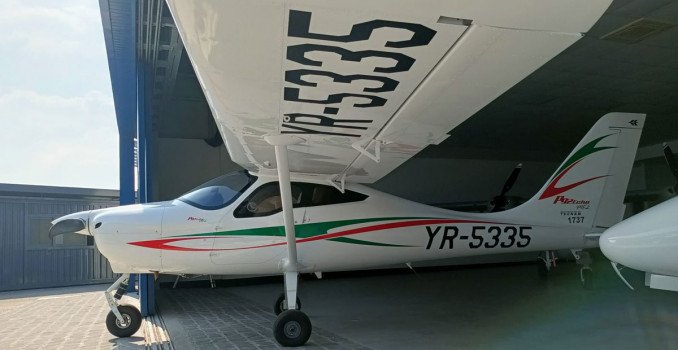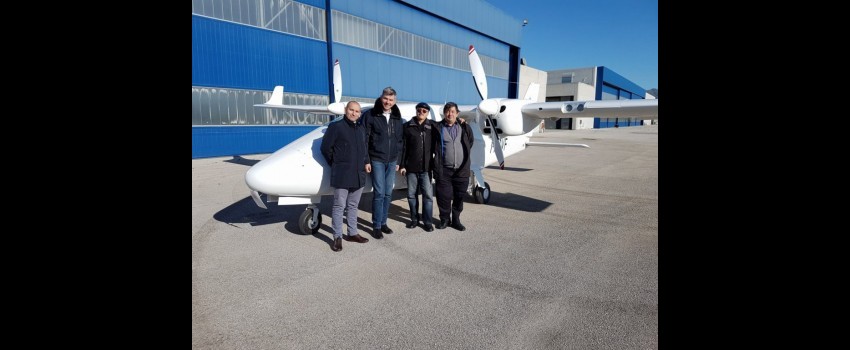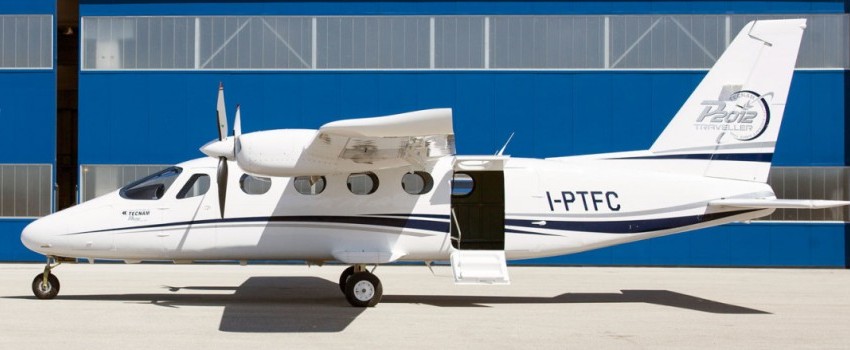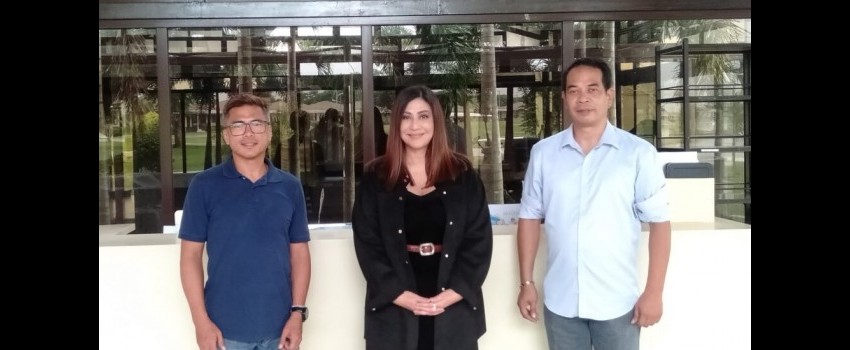‘FLYBYSCHOOL’ to add 3 more Tecnam aircraft to the fleet
Tecnam announced today that ‘FLYBYSCHOOL’, Spain’s leading General Aviation Flight Training Organisation has placed an order for an additional 3 Tecnam P2002JF. These will supplement their existing all Tecnam fleets of both P2002JF single engines aircraft and P2006T Twins.
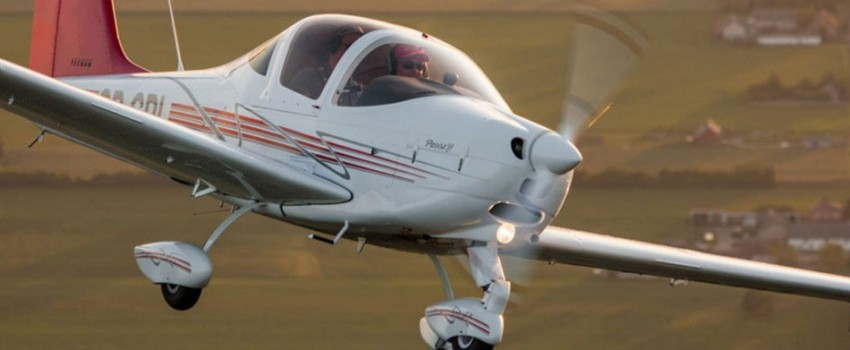
Capua, Italy. Tecnam announced today that ‘FLYBYSCHOOL’, Spain’s leading General Aviation Flight Training Organisation has placed an order for an additional 3 Tecnam P2002JF. These will supplement their existing all Tecnam fleets of both P2002JF single engines aircraft and P2006T Twins.
Leon, Spain based ‘FLYBYSCHOOL’, is renowned for its all-inclusive integrated flight training program which include accommodation, meals, ground school and flight simulators.
Course duration is just 14 months, with students starting with ATPL Ground School, then go onto Visual Flight Rating (VFR), Instruments Flight Rating (IFR), and then completing a Multi-Engine and Multi Crew Cooperation module. Fees are approximately € 61.000.
The ‘FLYBYSCHOOL’, senior management team has extensive experience in airline management, training management and ab initio flight school leadership.
Alex ALVAREZ, FLYBYSCHOOL CEO, says: “We have chosen Tecnam for our fleet for its modern design and low operational costs. This means we can offer the latest technology to our students at a very reasonable hourly rate.”
Walter DA COSTA, Tecnam Global Sales and Marketing: “Tecnam confirms its worldwide leadership in General Aviation Training. Latest generation avionics allow student pilots to gain effective experience at low cost to complete a full training and progress very quickly into flying commercial aircraft.”
About FLYBYSCHOOL
FLYBYSCHOOL is the commercial trademark of Fly Bai S.L: of Spain. Fly Bai is an Approved Training Organization registered with the Spanish Civil Aviation Authority (AESA) with registration number E-166. AESA is member of the European Aviation Safety Agency (EASA) and the license issued is valid in all EASA member countries; UK, Germany, France, etc.
With many years of pilot training expertise, FLYBYSCHOOL provides training of the highest quality to student pilots. FLYBYSCHOOL offers an integrated course which includes CPL, ATPL, ME IR and MCC which combines ground school courses and flying training delivered in accordance with the EASA and AESA requirements.

